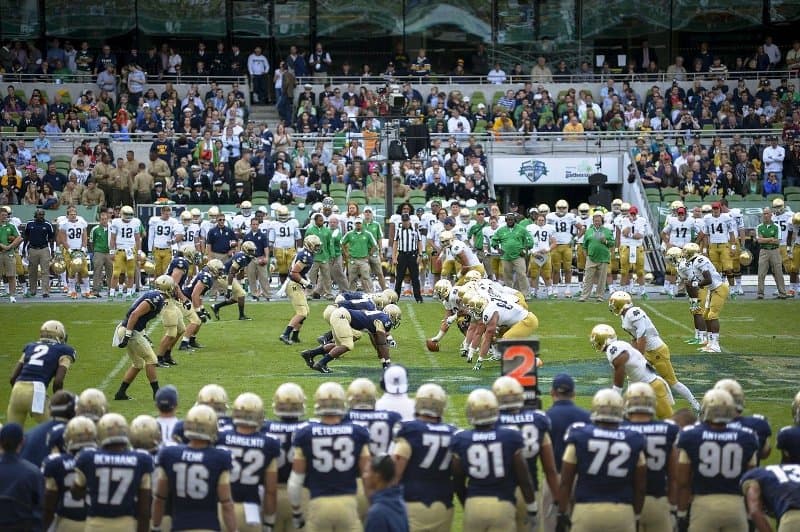
Athletic scholarships are available to college students who excel in their sport and maintain acceptable grades. The idea of athletic scholarships is often portrayed in movies, probably most predominantly in The Blind Side. While that movie was based on a true story, you shouldn’t assume that it accurately portrays athletic scholarships for everyone.
MYTH 1: Athletic Scholarships Are Common
In actuality, athletic scholarships are very rare. Less than 2% of athletes in high school are offered athletic scholarships. Even though it’s a small number of individuals receiving athletic scholarships, those scholarships add up to more than $3.6 billion each year in division one and division two schools.
MYTH 2: Athletic Scholarships Are Restricted to Football and Basketball.
The truth is that athletic scholarships are available for a wide range of sports. It’s not just for the National Collegiate Athletic Association (NCAA) sports. The National Association of Intercollegiate Athletics (NAIA) sports are also covered, which can include:
- Bowling
- Competitive Cheer
- Competitive Dance
- Track and Field
- Volleyball
- Beach Volleyball
- Swimming
- Soccer
- Softball
- Tennis
- Lacrosse
- Golf
Other sports may also be included, like water polo and rowing.
MYTH 3: All Scholarships Are Full-Ride Scholarships
Most athletic scholarships are not full-ride scholarships. The average scholarship is almost $18,000, which, unfortunately, does not typically cover annual college costs. However, full-ride scholarships are available for specific divisions under the NCAA, although this is rarer. The specific divisions that permit full-ride scholarships are Division 1-A, which are the football bowl subdivision, and Division 1 basketball.
Women can receive full-ride scholarships in basketball, volleyball, tennis, and gymnastics. Most other athletic scholarship money is given in equivalency sports, where the team can divide the available scholarship money among teammates.
MYTH 4: Only Division 1 Sports Offer Scholarships
As previously discussed, athletic scholarships are available in Division II schools, as well as for sports under the National Association of Intercollegiate Athletics (NAIA). A majority of the athletic scholarship money is used at Division I schools. Division III schools do not award athletic scholarships.
MYTH 5: Grades Don’t Matter on an Athletic Scholarship
Grades are extremely important in scholarships, especially scholarships that may be renewed, such as an athletic scholarship. Not only are high school grades considered in the athletic scholarship process, but college grades may be used to remain eligible for the scholarship too.
For example, the NCAA requires students to complete 16 core courses, earn a grade point average of at least 2.3, and the student-athletes must match up with the sliding scale of the ACT and SAT scores. This sliding scale allows for a lower GPA if the student’s ACT or SAT scores were higher.
MYTH 6: Coaches Recruit in Person
Under certain situations, NCAA rules prohibit coaches from contacting student-athletes themselves. This rule does not mean that student-athletes are prohibited from contacting NCAA coaches; it’s just that the coaches cannot initiate contact.
MYTH 7: Athletic Scholarships Are Only for Athletes Who Will Play Professional Sports
Most college athletes do not end up in professional sports. It is actually a small percentage of student-athletes who are recruited to play in the big time. For most student-athletes, athletic scholarships are key to obtaining a rewarding college degree.
Additional Resources:
https://www.usnews.com/education/best-colleges/paying-for-college/articles/myths-about-athletic-scholarships
https://money.yahoo.com/5-myths-athletic-scholarships-152322417.html




